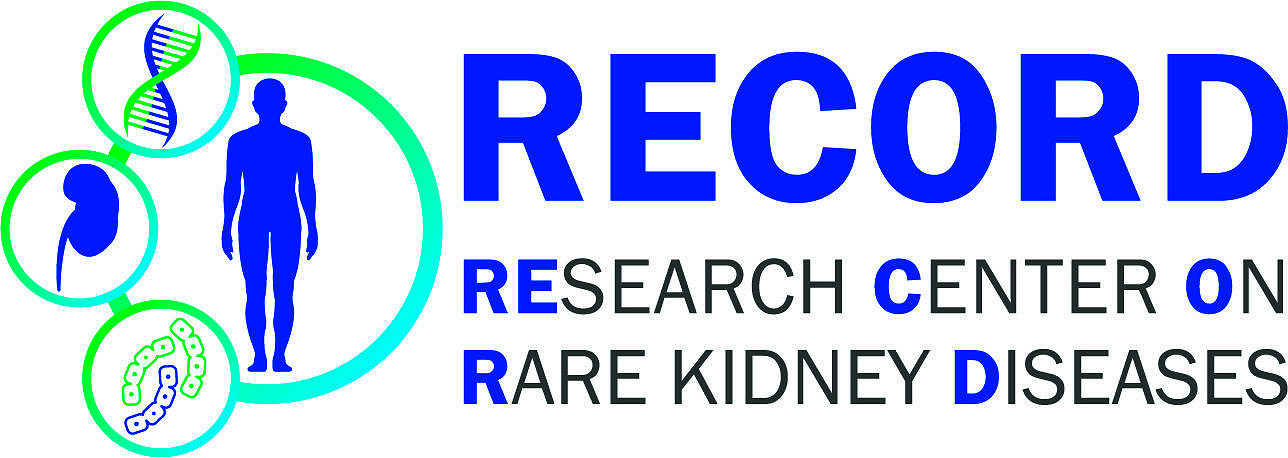Characterization of WT1 and PAX2 mutations in patients with genetic FSGS
Abstract (Wissenschaftliches Arbeitsprogramm)
Focal-segmental glomerulosclerosis (FSGS) is a leading cause of nephrotic syndrome and in many cases results in end-stage renal disease. The hallmark of FSGS is a dysfunction of the podocyte, a specialized cell that forms the filtration barrier. In a subset of patients with genetic FSGS the underlying cause for this dysfunction is a mutation in genes governing podocyte development and structural integrity. Characteristically these patients do not respond to established treatments such as immunosuppression. In this project we aim to elucidate the pathophysiologic role of distinct podocyte mutations during ontogenesis and in adult podocytes as well as to screen for potential therapeutic strategies.
We plan to recruit patients with genetic FSGS and confirmed mutations in the WT1 and PAX2 genes which are both known to play pivotal roles in kidney development. Fibroblasts from skin biopsies will be obtained from these patients and from healthy control subjects. Using electroporation stem cell plasmids will be introduced into the fibroblasts resulting in generation of induced pluripotent stem cells (iPSC). These iPSCs will be further transdifferentiated into personalized podocytes carrying the same mutation as the patient they were derived from. During differentiation we will use mRNA and microRNA sequencing to characterize and compare the differential transcriptomes between the mutant and wildtype cell lines in order to better understand the functional relevance of the underlying mutations during podocyte development.
In a next step we will utilize established protocols to characterize the phenotype of differentiated personalized podocytes. Immunofluorescence staining, western blot and qPCR will help to understand the impact of the causative mutation on podocyte structure on mRNA and protein level. Functional assays will determine differential cell viability and properties in vitro.
Finally, we plan to test different substances for a possible therapeutic effect. During trans-differentiation supplementation of specific signaling molecules, identified in the RNAseq, might mitigate detrimental effects of the patient’s mutation during development. Similarly, a panel of established drugs and small molecules will be tested on differentiated personalized podocytes for their potential to ameliorate impaired podocyte structure and function in the mutant cells.
